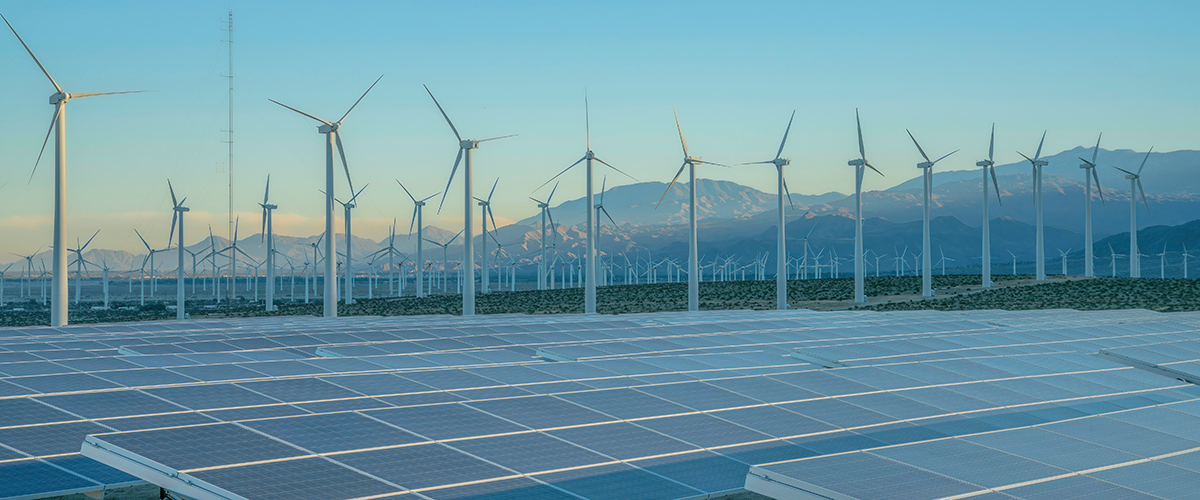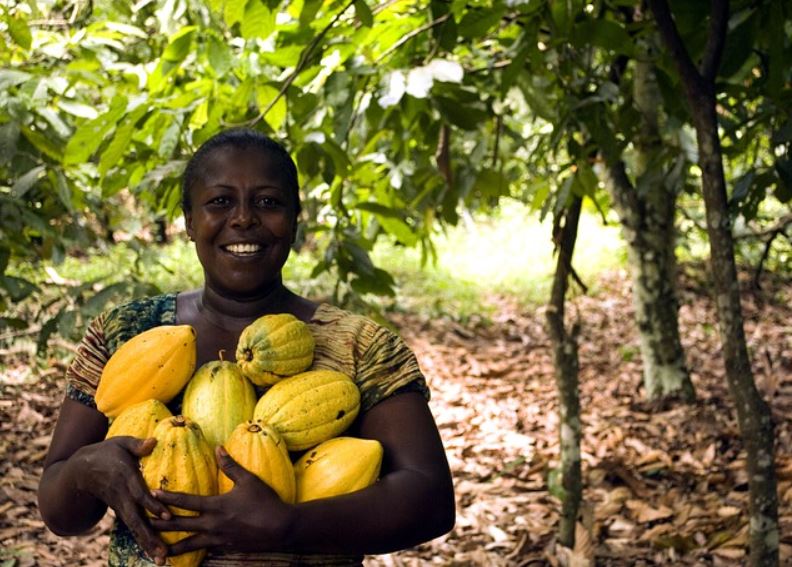Ghana boasts a wealth of natural resources that drive its economy and development. Often called the “Gold Coast,” it is Africa’s top gold producer, with gold making up nearly 90% of its mineral exports. Other key resources include industrial diamonds, bauxite, manganese, timber, and oil.
The discovery of the Jubilee oil field in 2007 was a game changer, boosting oil production and export revenue. Ghana also holds significant limestone, salt, and iron ore reserves, with lithium emerging as a valuable resource.
About 20.7% of the country’s land is arable, supporting key crops like cocoa, a major export. Natural resources contribute 67% of Ghana’s exports and 15.4% of its GDP. But challenges exist. Environmental degradation and governance issues threaten sustainability.
Ghana’s Natural Resources And Their Locations
Here’s a list of notable Ghanas natural resources, and regions where they can be found:
| Natural Resources | Region |
|---|---|
| Gold | Ashanti Region, Western Region, Central Region (Obuasi, Tarkwa, Konongo) |
| Oil and Natural Gas | Offshore (Jubilee Field, Cape Three Points, Tano Basin) |
| Bauxite | Awaso (Western Region), Atewa Forest (Eastern Region) |
| Manganese | Nsuta (Western Region) |
| Diamonds | Akwatia (Eastern Region), Bonsa Valley |
| Kaolin | Anfoega (Volta Region), Assin-Fosu (Central Region), Kumasi (Ashanti Region) |
| Timber | Southwestern Forest Zone |
| Fish | Coastal areas along the Gulf of Guinea |
| Rubber | Western Region |
| Hydropower | Lake Volta (Volta River Basin), Akosombo Dam, Kpong Dam, Bui Dam |
| Silver | Found in association with gold deposits |
| Salt | Ada Foah (Greater Accra Region), coastal areas |
| Limestone | Eastern Region, Northern Region |
| Cocoa | Ashanti Region, Brong-Ahafo Region, Western Region |
| Shea Butter Trees | Northern Ghana |
| Lithium | Ewoyaa (Central Region) |
| Iron Ore | Opon Mansi (Western Region) |
READ ALSO: Gambia Natural Resources: Locations, Discoveries,Export Potential, And Economic Impact
Recent Discoveries In Ghana’s Natural Resource Sector
Ghana has made major progress in its natural resource sector, with recent discoveries. Oil, gas, and minerals continue to drive growth and development.
Oil And Gas Discoveries
Jubilee Field was Ghana’s first major commercial oil discovery in 2007. It holds up to 3 billion barrels of sweet crude oil.
As of 2023, it remains the leading oil field, producing about 24.9 million barrels between January and October. TEN Field began production in 2016. It produced around 6.7 million barrels of oil in 2023.
Offshore Cape Three Points (OCTP) Field was discovered in 2017, including the Sankofa and Gye Nyame fields, producing 9.4 million barrels of oil between January and October 2023.
It also supplies natural gas to Ghana’s domestic power market. Volta Basin is an ongoing exploration project. Early findings suggest onshore oil reserves that could also expand Ghana’s petroleum industry.
Lithium Discovery
Ewoyaa Lithium Project was discovered in 2018 in the Central Region. This deposit is being developed to meet the rising demand for lithium-ion batteries in electric vehicles and renewable energy.
The discovery places Ghana in the global renewable energy supply chain. In addition, Shieni, Pudo, and Opon-Mansi Deposits hold over 3 billion tonnes of iron ore. The Opon-Mansi deposit in the Western Region has an estimated 147 million tonnes.
Mining is expected to start in 2025 to boost Ghana’s steel industry. Shieni Deposit was first identified in 1929 in the Northern Region. Geological surveys have since confirmed its potential.
Copper is present in Ghana, though less prominent than other minerals. It could add value to the mining sector. Limestone reserves in the Northern Region support cement production and industrial applications. Quartz is also found in the Damang, Tarkwa, Ashanti, and Bibiani Shear zones.
Economic Viability Of Ghana’s Natural Resources
Economic Data:
| Key Resources | Economic Contribution |
|---|---|
| Gold | 90% of mineral exports; $9.53 billion revenue |
| Oil | Over $4 billion in annual revenue |
| Cocoa | 20% of global supply; major export commodity |
READ ALSO: Guinea’s Natural Resources: Locations, Discoveries, Viability, Export Potential, And Economic Impact
Ghana’s natural resources make up about 67% of its exports and contribute around 15.4% to its GDP. They are a key part of the economy.
Gold leads the way, with exports valued at approximately $9.53 billion in recent years. Oil production also plays a big part, generating over $4 billion annually.
Gold is Ghana’s most valuable mineral export, making up about 90% of its mineral exports. However, challenges like environmental damage and illegal mining threaten its future. Oil remains an essential sector despite fluctuations in global prices.
Cocoa is another major export. As one of the world’s top producers, Ghana relies on it heavily. Yet, climate change and traditional farming practices create sustainability issues.
Export Potential Of Ghana’s Natural Resources
Here’s Ghana’s export data for its main natural resources:
| Resources | Export Value (Recent Year) | % of Total Exports | Global Ranking |
|---|---|---|---|
| Gold | $9.53 billion | 45% | 2nd in Africa |
| Oil | Over $4 billion | 20% | Emerging player |
| Cocoa | $2 billion | 15% | 2nd globally |
| Bauxite | $100 million | 1% | Growing market |
The Role Of Ghana’s Natural Resources In Economic Growth
Here’s a key data summary of how Ghana’s natural resources have impacted the country’s economy growth:
| Resources | Contributions To GDP | Employment Impact |
|---|---|---|
| Gold | 15% | Mining jobs |
| Oil | $4 billion revenue | Energy sector jobs |
| Cocoa | 20% of global supply | Agricultural jobs |
| Timber | Supports construction | Forestry jobs |
Ghana’s natural resources play a big part in its economy. They account for about 67% of exports and 15.4% of GDP. Nearly half of Ghana’s GDP comes from resource-dependent sectors.
Agriculture and livestock contribute 29%, forestry and wood processing 7%, fisheries 4%, electricity and water 3%, and tourism 5%. Ghana is Africa’s largest gold producer. Gold makes up about 90% of its mineral exports.
Oil production generates over $4 billion annually and has helped quadruple real GDP growth over the past 30 years. Cocoa remains a major agricultural export, driving sector growth.
Other resources like timber, bauxite, and diamonds also boost export revenue. Ghana’s real GDP has quadrupled in the last 40 years, cutting extreme poverty by half. The country reached Lower Middle-Income status in 2011.
However, environmental degradation costs $6.3 billion annually, nearly 11% of Ghana’s 2017 GDP. Resource depletion is another issue. Natural capital per capita peaked at $9,000 in 2014 but dropped 30% to $6,000 by 2018.

